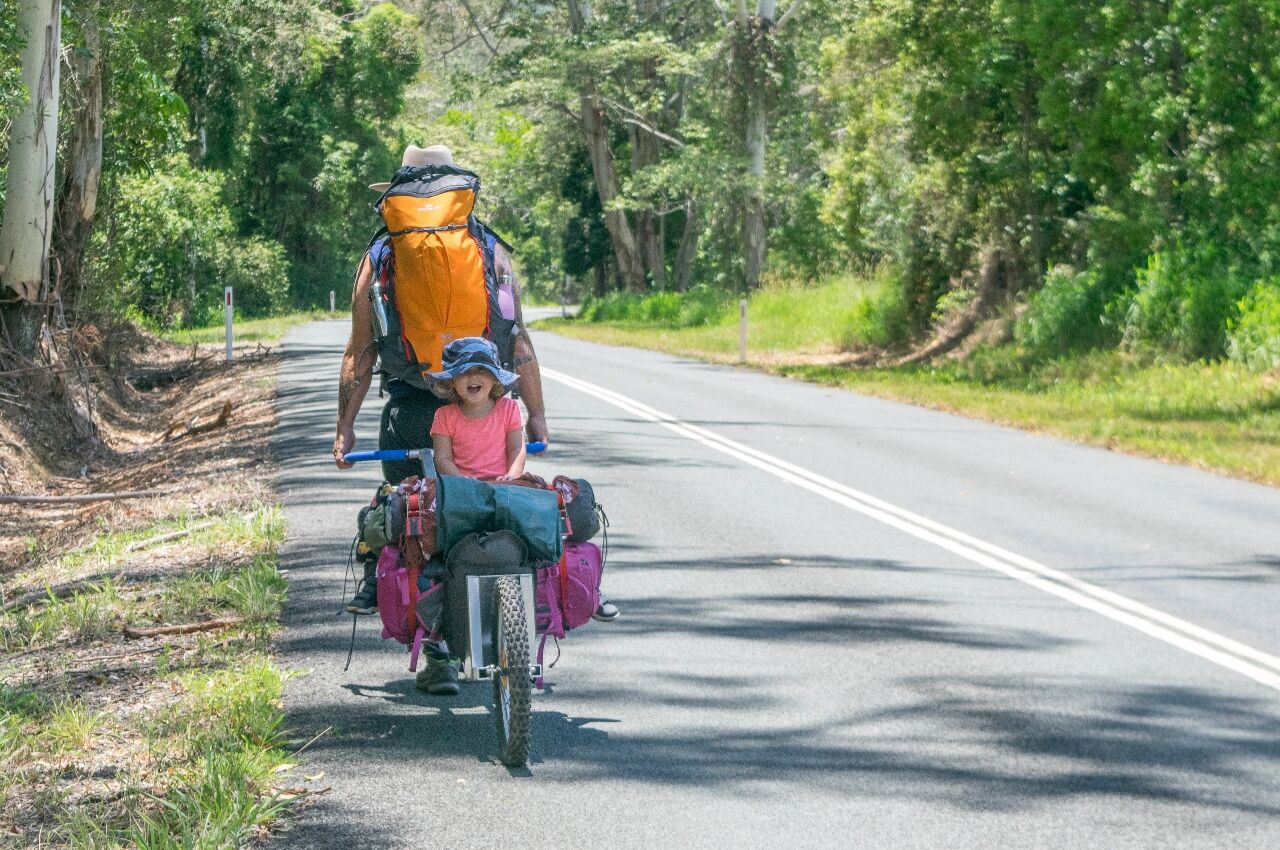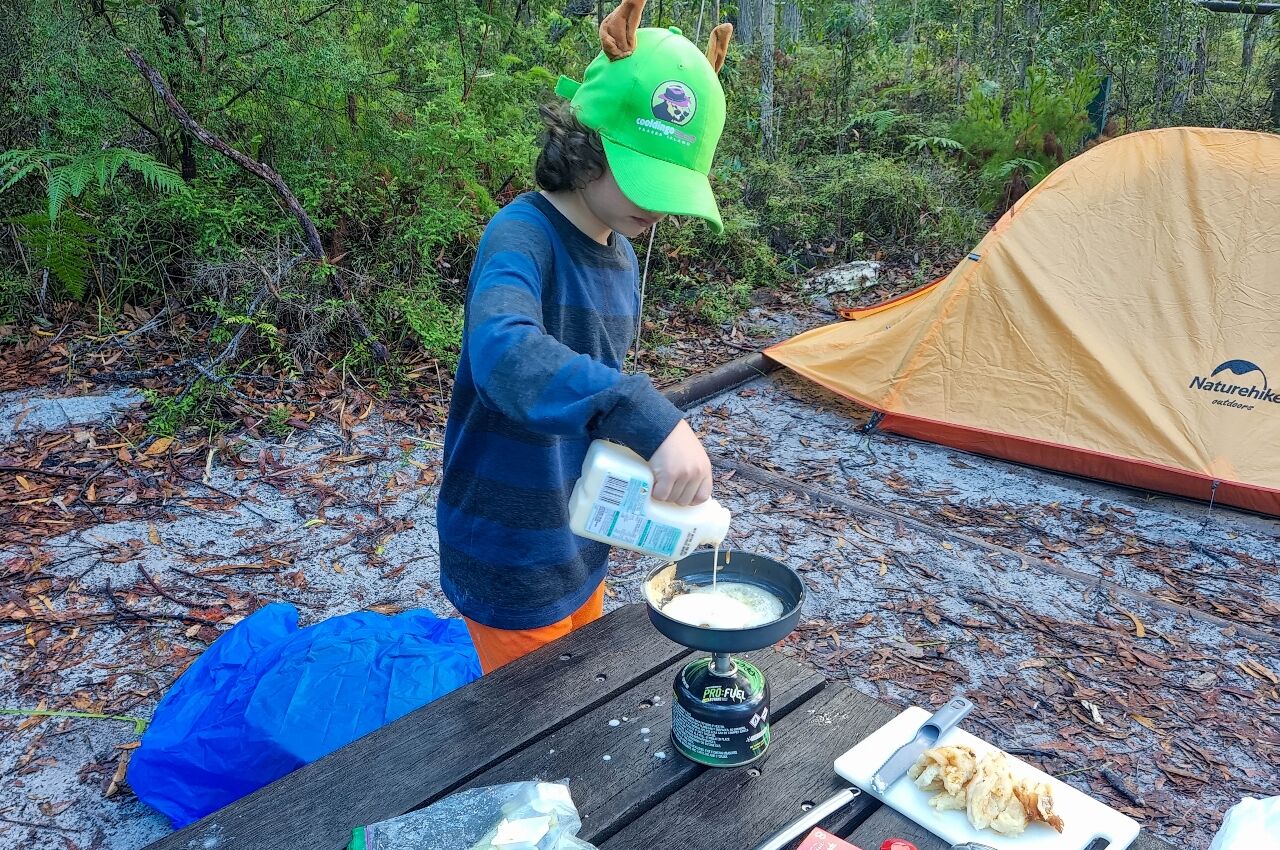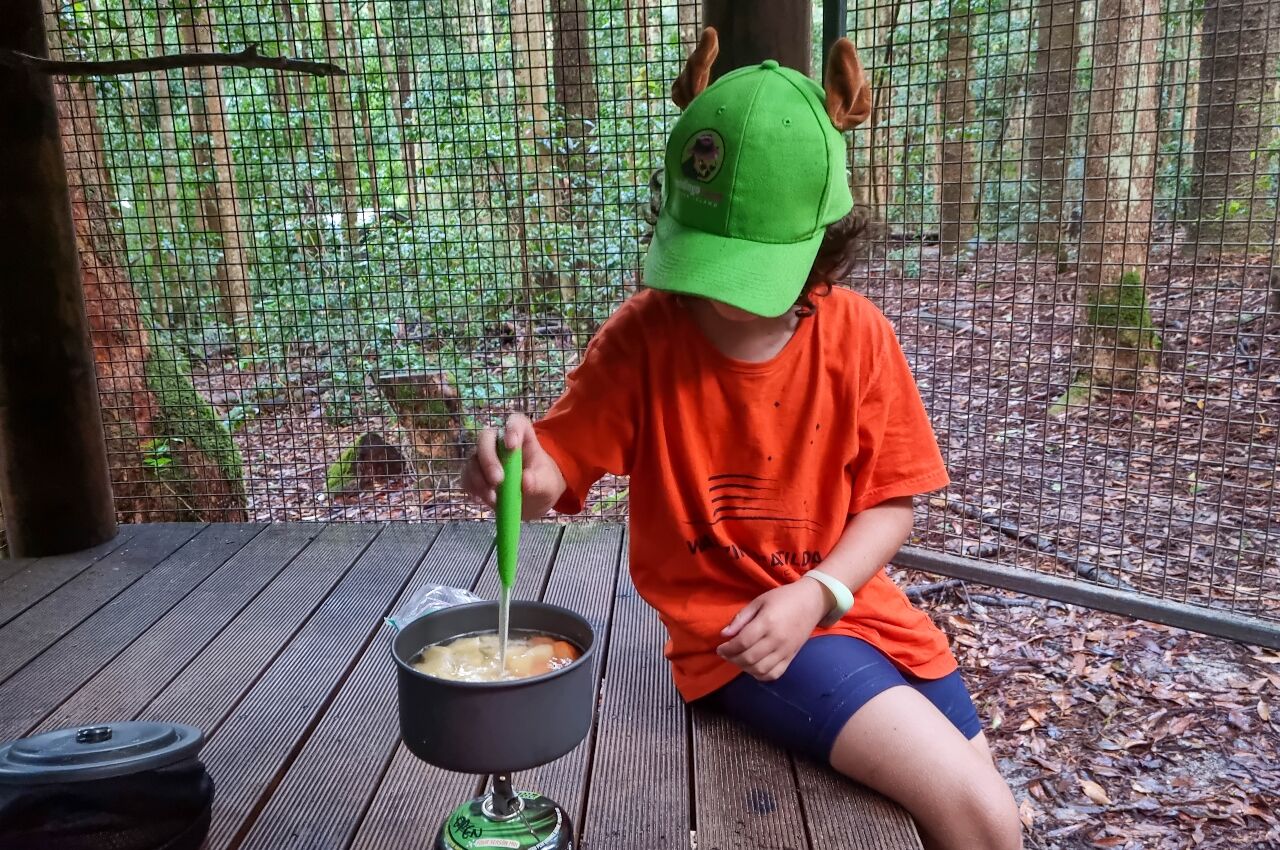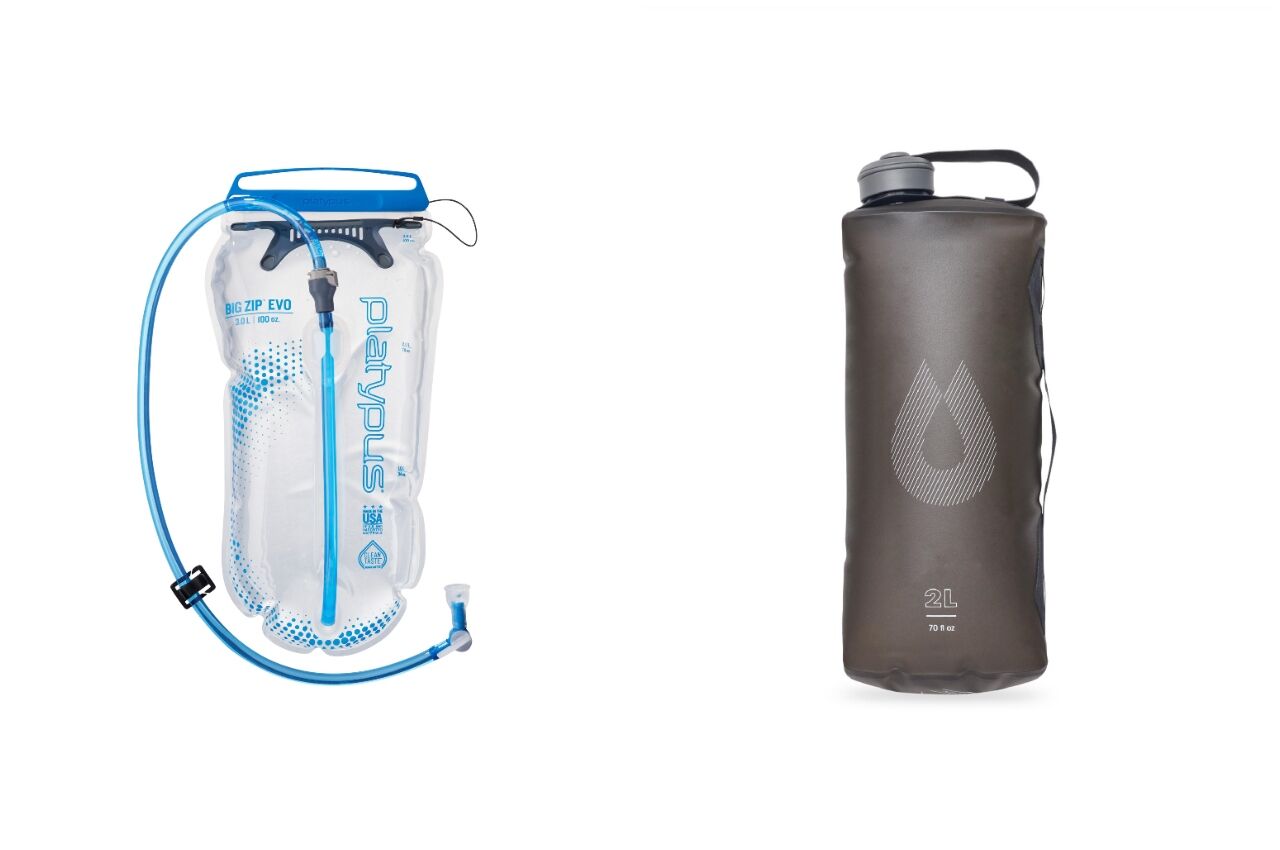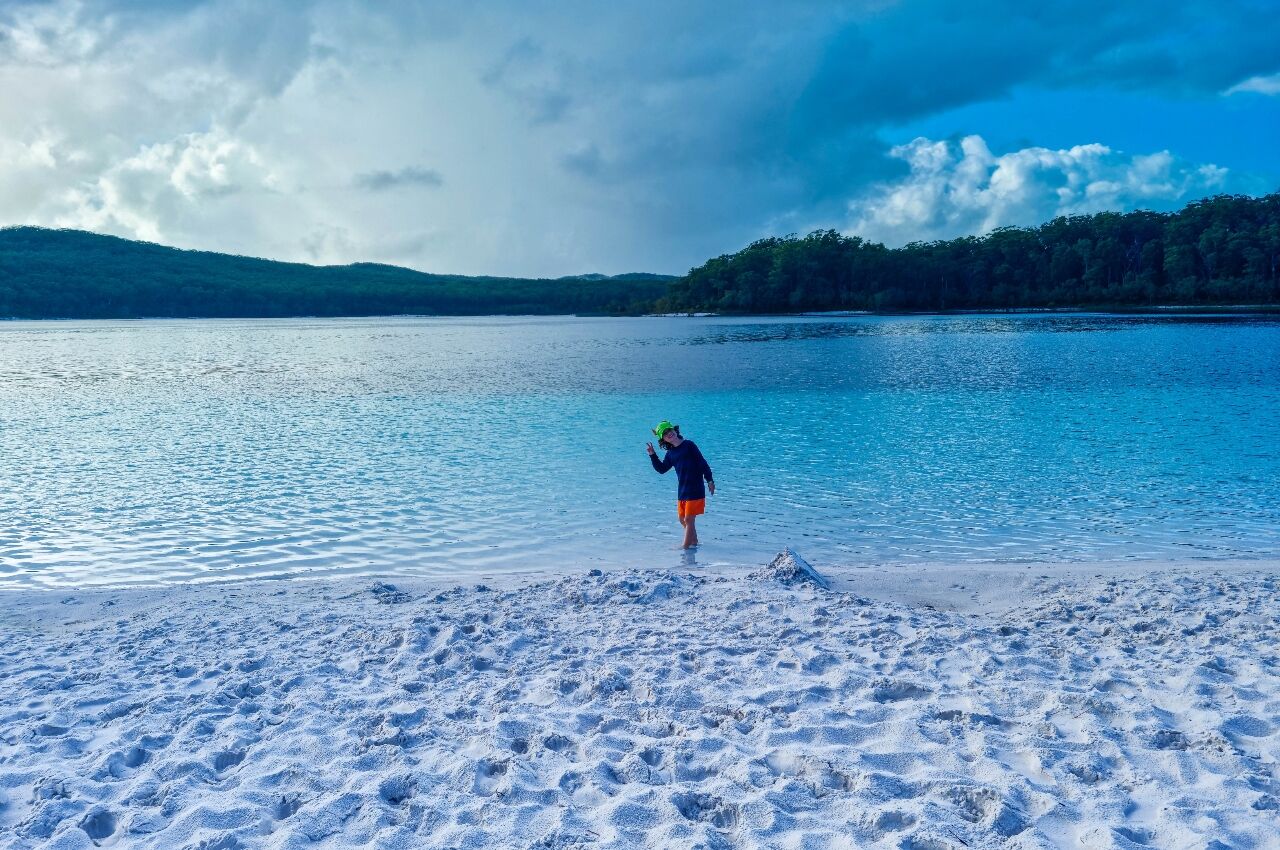Going for a hike with kids is a great way to get the family outdoors and among nature. But have you ever wondered if it was possible to take it a step further and head out on a multi-day adventure?
The thought of an overnight hike may seem a little daunting at first, especially if your kids are a bit picky about comfort and sleeping. However, having done it many times, I’ve learned from my own hiking mistakes and can assure you it’s not only possible, but very rewarding.



